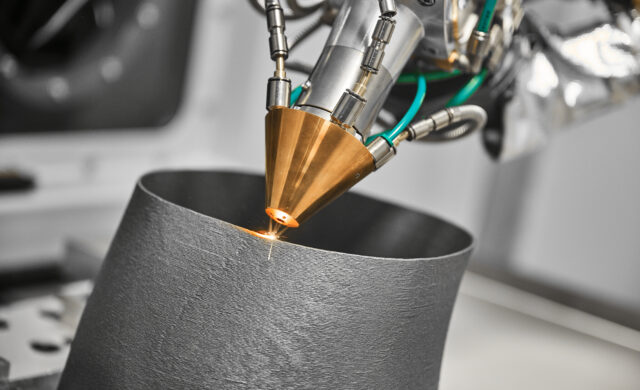Researchers Unveil Cost-Effective High-Resolution 3D Printing Process
Researchers at Purdue University have unveiled a new 3D printing technique that offers high resolution at a fraction of the cost of traditional methods. This innovative approach combines the use of a low-cost nanosecond laser with a low-power femtosecond laser, effectively reducing the cost associated with high-precision 3D printing. Traditional high-resolution 3D printing relies heavily on expensive femtosecond lasers, but by using a nanosecond laser for preliminary structuring and the femtosecond laser for fine details, the researchers have cut the required power by up to 50%.
The process, detailed in the journal Optics Express, holds significant promise for various applications, particularly in fields like 3D electronics and tissue engineering. By lowering the barriers to high-resolution 3D printing, this method can accelerate the development and production of complex, finely detailed components at a lower cost. This could lead to advancements in medical device manufacturing, custom electronic components, and more, making high-resolution 3D printing more accessible to a wider range of industries and researchers.
Furthermore, the dual-laser technique not only reduces costs but also enhances the speed and efficiency of the printing process. The ability to use a less powerful femtosecond laser without compromising on detail or precision means that production times can be significantly shortened. This is particularly advantageous for industries requiring rapid prototyping and manufacturing, as it allows for quicker iteration and refinement of designs.
Overall, the new 3D printing method from Purdue University represents a significant step forward in making high-resolution 3D printing more practical and affordable. By leveraging the complementary strengths of nanosecond and femtosecond lasers, this technique opens up new possibilities for innovation and efficiency in various high-tech and biomedical fields.
Go Back